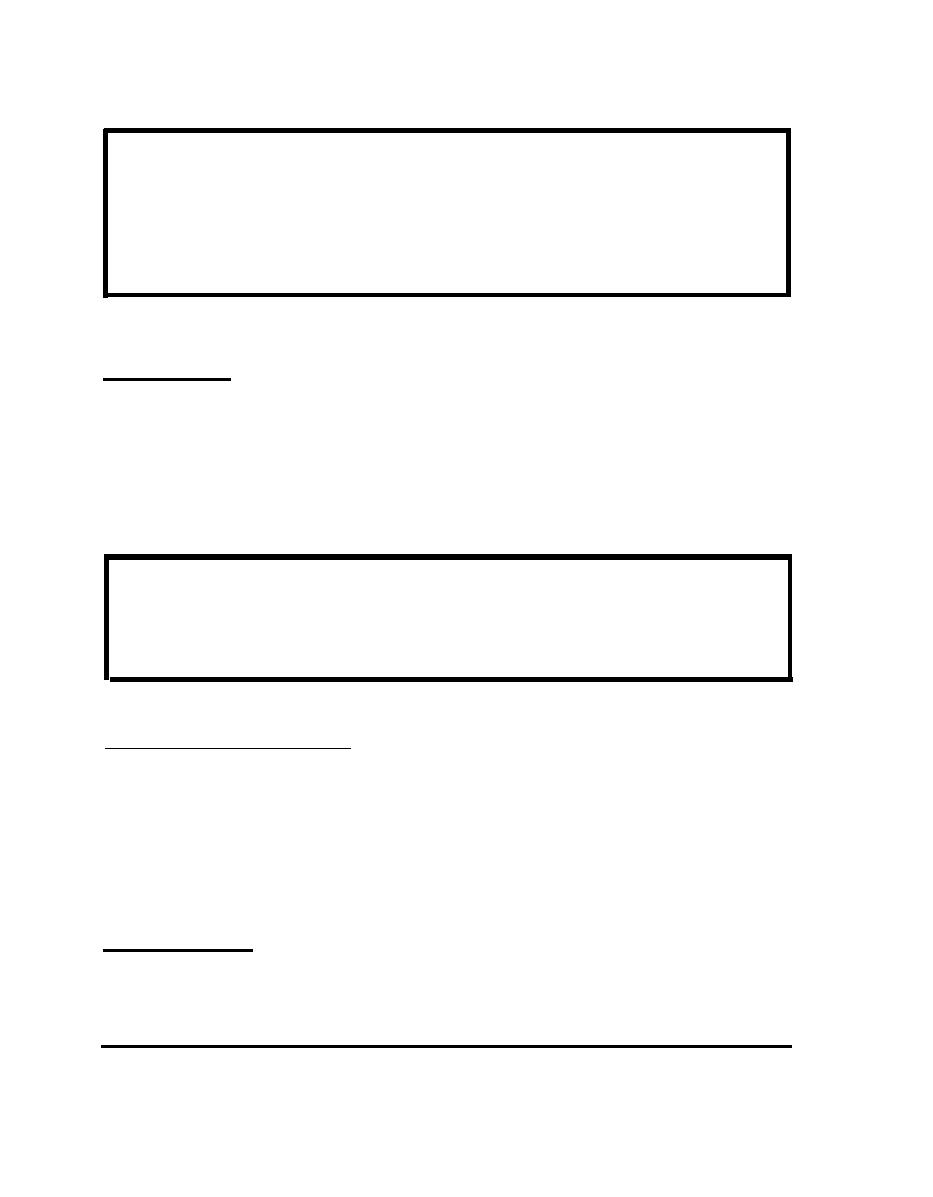

Custom Search
|
|

|
||
 WARNING!
Glycols and oils will burn when exposed to soldering torch flames.
the joints, remove the air vent to allow fluid vapors to escape. As the
joint comes apart, be prepared for a brief flare. Keep a fire
extinguisher with you- not out in the truck!
Threaded joints in piping filled with glycols or synthetic oils must use teflon-based
thread sealants. Teflon tape, or Rectorseal #100 are two good choices. The only
appropriate sealant for threads exposed to silicone oils is fluorosilicone.
Brazed joints, and flared or compression fittings are all acceptable, but are rarely
used because they are less convenient than soldered or threaded joints.
Be sure to completely reinsulate the repaired piping.
CAUTION
The common practice of hydrostatic pressure testing is not
acceptable for systems filled with either synthetic or silicone oils.
Never put water into piping used for oils.
Bypass and Balancing Valves
Compare the configuration of flow balancing and bypass valves against the system's
Operations & Maintenance manual, or against tags or labels on valve handles.
If neither source of information exists, trace the piping to check valve positions. Use
pumps and check valves for clues to flow directions. When flow direction is
determined, tag the valves with this information or mark it on the insulation jacket for
future reference.
Tempering Valves
Check for proper tempering valve operation by running hot water from a fixture until
the temperature stabilizes and measuring the water temperature.
MAINTENANCE
210
6.1 MAINTENANCE PROCEDURES
|
 |
|
 |
||